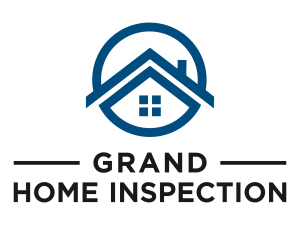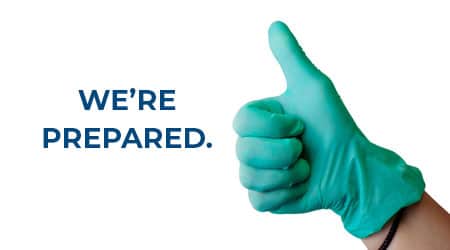Business as usual – with a few extra precautions
We’re taking action to protect buyers and sellers in response to COVID-19
We’re committed to keeping up business as usual, with a few extra precautions in response to COVID-19.
We know you may be uncertain about the home inspection process at this time, but please know we’re taking steps to make sure everyone involved is safe and comfortable.
Here’s how:
- We’re happy to video chat with buyers over FaceTime or Zoom during the inspection. We can also do our end-of-inspection summary over the phone. This allows buyers to skip the inspection without missing a beat.
- We’ll answer as many phone calls, texts or emails as needed to ensure all questions are answered.
- We’ll be wearing gloves throughout the inspection and masks upon request.
- All surfaces our team touches will be wiped with disinfectant.
- Any inspectors with symptoms (or general flu-like symptoms) will not be working.
- Our team will be working from home when not inspecting.
- We encourage sellers to stay in their home and will work around them. We can guide ourselves through the home and do not expect them to “host” us.
- We will follow rules of social distancing and will ask buyers and agents in attendance to do the same.
- We will be sending a questionnaire ahead of all inspections asking all parties about their comfort level and potential exposure to the virus.
For an overview of our approach, take a look at this video:



Top 5 Places We Find Mold
Mold is among the top concerns buyers have – and rightfully so! On top of causing health complications, mold remediation can be an expensive and complex project.
Often mold is found in hidden in areas that are tricky to access, meaning many homeowners don’t know it’s there. Here’s the top five places our inspectors find mold:
Finished Basements
Keeping a finished basement free of moisture can be a challenge, especially as homes age. There are many factors that can lead to basement leaks, including improper landscape grading (meaning water is not directed away from the home and pools at the foundation), broken gutters or downspouts or a broken sump pump.
Mold growth is common in basement carpeting, as when carpet gets wet…. It can potentially stay wet for a while before being discovered, allowing mold to grow. The underside of the carpeting can also be wet without the top, visible portion appearing wet.
If you smell a moldy or musty smell in your basement carpeting, the chances are high that there is some mold growth under the carpeting. We suggest pulling back a corner of the carpeting to check out what’s underneath. If you see mold-like substances, our recommendation would be to have professional mold testing done.
Attics
We find staining in attics all the time. While staining doesn’t necessarily mean mold is actively growing, it is a sign that there is moisture intrusion in the attic. We include all staining in attics and will often suggest further mold testing to determine if there is mold growth that needs immediate attention.
Moisture intrusion in attics is caused by poor ventilation which is commonly eliminated by installing additional vents.
Bathrooms
Bathrooms are humid places and, thus, mold can grow just about anywhere in a bathroom: showers, tile grout, on walls, ceilings and tubs.
The sure-fire way to cut down on humidity in the bathroom is to make sure your bathroom fan is in working order. It’s worth your while to replace a broken one! You may also want to consider replacing your traditional switches with those with a timer or humidity sensor built in. That will ensure that the fan is run long enough to bring humidity levels down.
Unfinished walls at walkout basements
When warm, summar air comes in at the cool basement level via a walkout, it can often cause condensation on the insulation, which can eventually cause mold growth. This is quote common in newer homes, which are more likely to feature walk-out basements.
Behind stuff stored along outside walls
The heat in our homes also warms our outer walls, preventing condensation on the wall. The problem occurs when too much stuff is placed against the wall and prevents the heat from reaching the wall. Condensation forms and eventually mold follows. Yikes!
Join us for FREE yoga, kids story time and ‘Lattes and Listings’!
To help you nourish yourself, your family and your business, we’d like to invite you to join one of the virtual, FREE events.
Business as usual – with a few extra COVID-19 precautions
We’re committed to keeping up business as usual, with a few extra precautions in response to COVID-19.